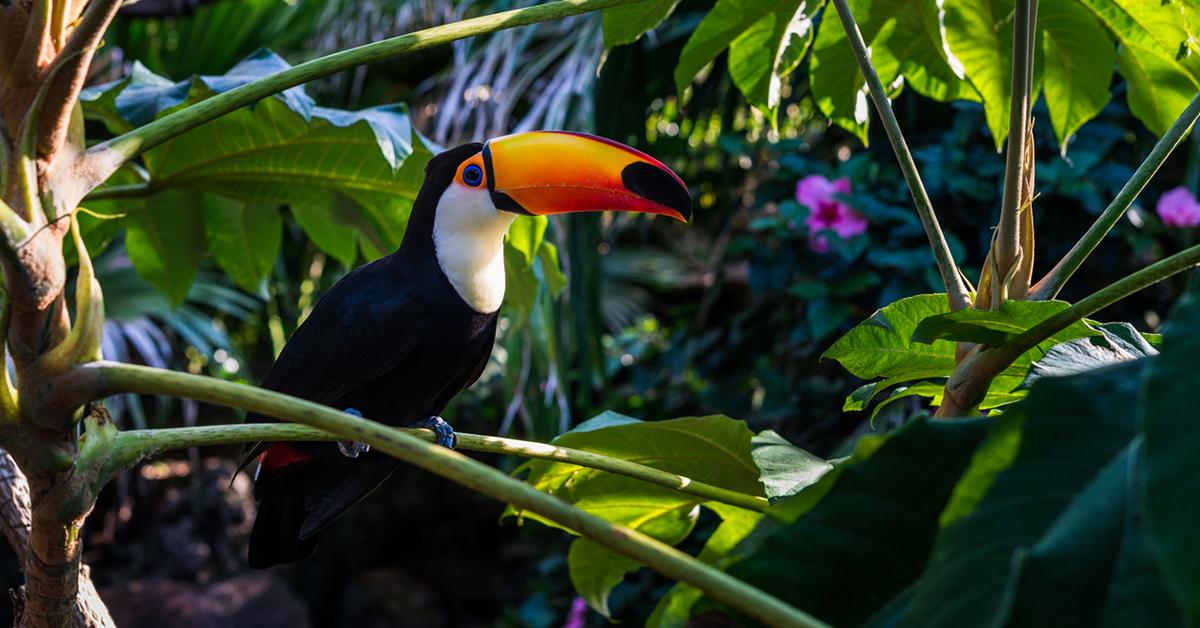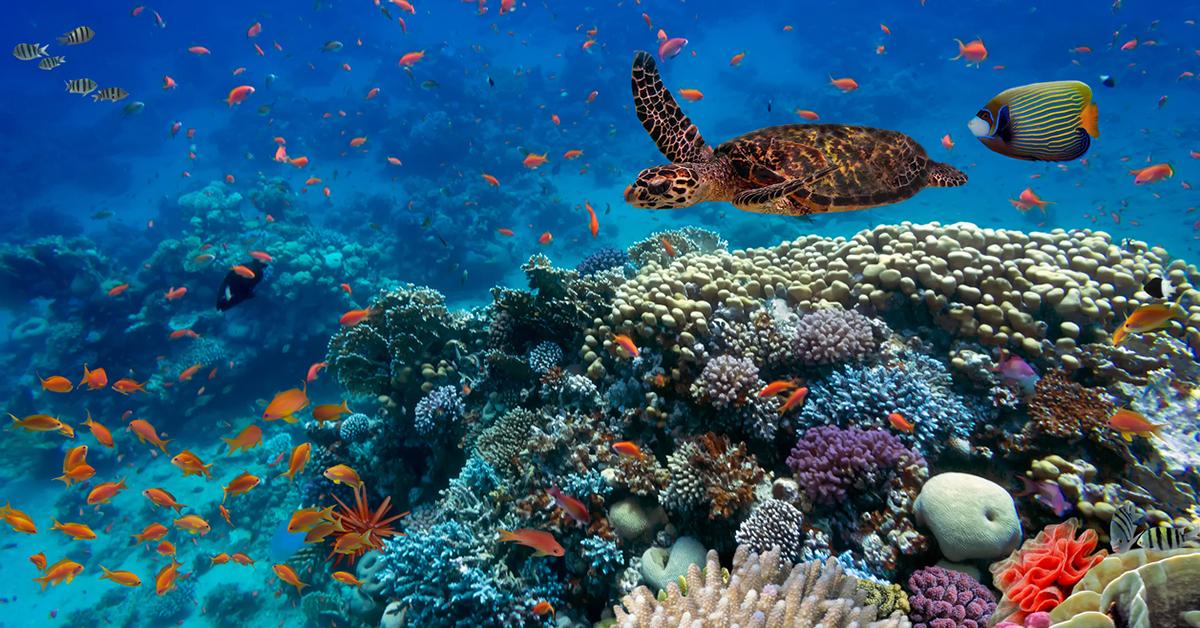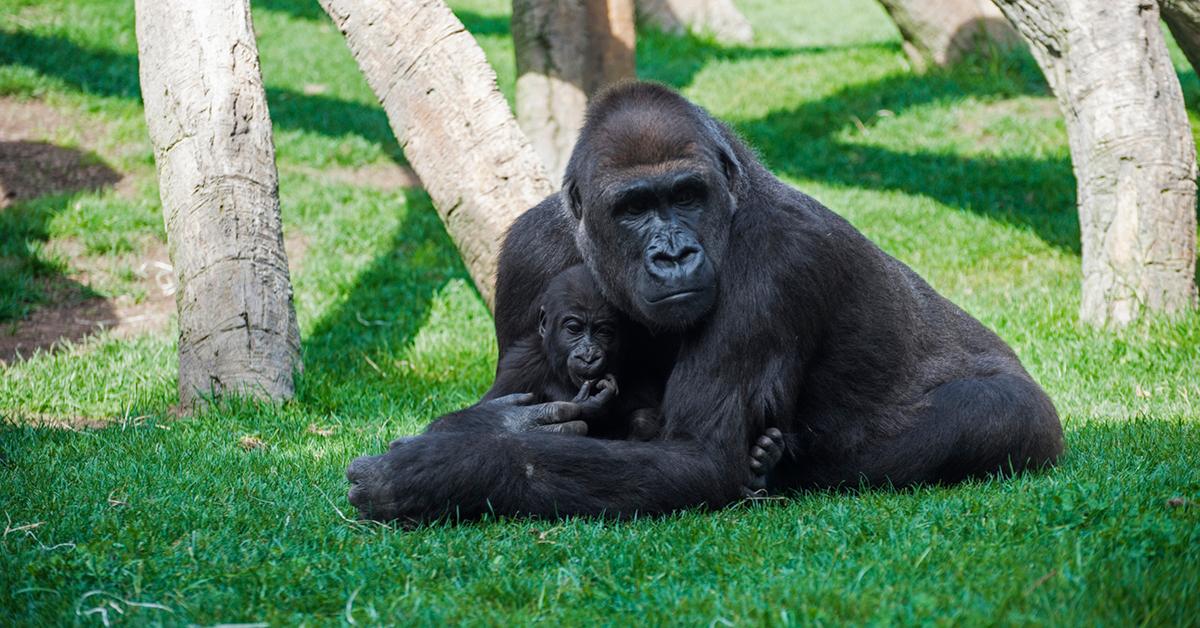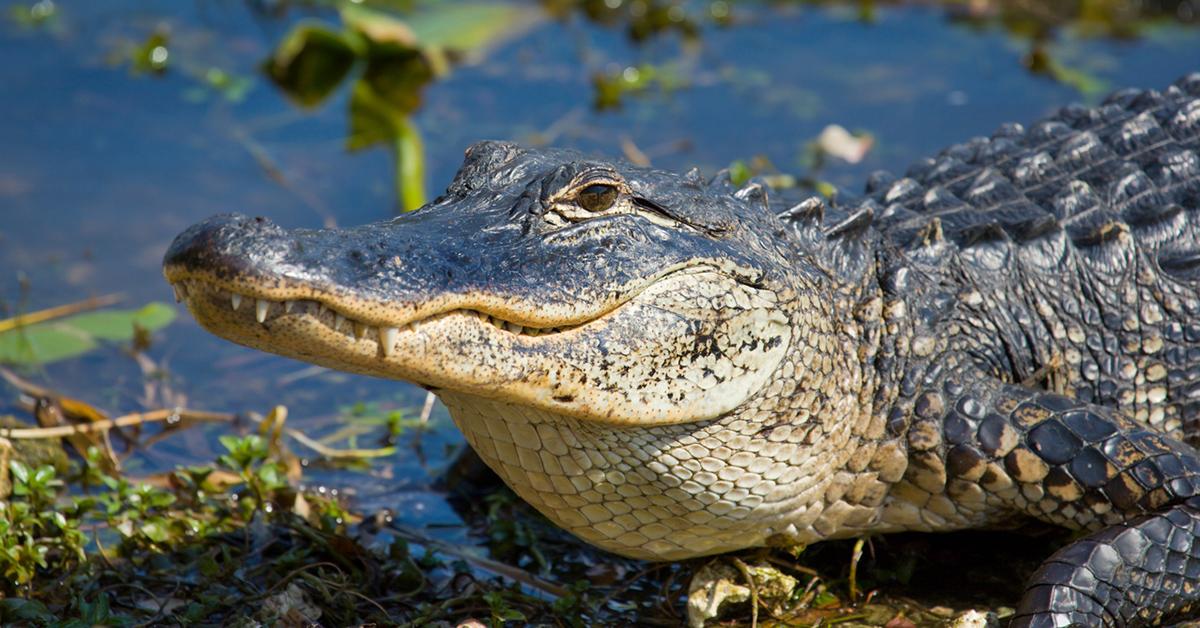Learn About the Three Types of Biodiversity
There are three types of biodiversity — learn what each one is, and why they are all important.
Updated May 5 2020, 12:03 p.m. ET

Biodiversity is both what makes our planet beautiful, and what keeps it running accordingly. The term “biodiversity” comes from “biological diversity,” and refers to the variety of life on Earth at all levels — genes, ecosystems, you name it. It also includes the evolutionary, ecological, and cultural processes that make sure life is able to be sustained. There is still so much to understand about biodiversity, but did you know that there are three main types?
According to About Bio Science, biodiversity is “the sum of all the different species of animals, plants, fungi, and microbial organisms living on Earth and the variety of habitats in which they live.” There are likely more than 10 million species of different organisms that live on the Earth. This is not just animals either; it’s everything from animals and plants to fungi and microbes that we cannot even see with the naked eye.
But what’s the difference between one kind of biodiversity versus another versus another? Keep reading to find out more information on the three main types of biodiversity.
Why is biodiversity important?

Before we dive deeper into the differences in the three main types of biodiversity, it is crucial to explain why biodiversity is so important to all life, human life, and the planet.
First, biodiversity plays a crucial role in climate change. The Conservation International estimates nature can provide 30 percent of the solution to climate change. How? Each individual ecosystem features different layers, with each organism in the ecosystem playing an important role. Lose one part of the ecosystem, and, well, you may as well lose the whole thing.
How does this contribute to climate change? Maintaining and sustaining biodiversity is thought to hold the average global temperature below 2 degrees Celsius. The less the planet warms, the less we have to worry about the impacts of climate change.
Second, biodiversity plays a big role in access to things. After all, all of our food, medications, pollination sources, and soil have to come from somewhere, right? The more biodiversity there is, the more access to these different types of products and services. Loss of biodiversity could lead to loss of a certain type of food or even medication.
Lastly, biodiversity has become an integral piece in the fabric of different cultures. Just as the coqui (a type of frog with a distinct chirp that only naturally exists in Puerto Rico) has become a beloved symbol for the island, people in Alaska have come to rely on the meat of moose and caribou. It’s not just about diet; it’s about symbolism and functionality as well. In fact, 231 different species are used as national symbols in 142 different countries.
What are the three types of biodiversity?
Biodiversity itself has three subcomponents; the three main types of biodiversity are ecological diversity, genetic diversity, and species diversity,
What is ecological diversity?

According to About Bio Science, ecological diversity refers to the “intricate network of different species present in local ecosystems and the dynamic interplay between them.”
So, what does that actually mean? It means that, as part of biodiversity, different organisms have to learn how to live and work together within a specific ecosystem. This takes into consideration how these different species affect each other in the way of matter, nutrients, and even energy. Ecological diversity focuses on how these different organisms in the same ecosystem interact with one another, and how they either positively or negatively affect each other.
What is genetic diversity?

Technically, we’re all related — at least on a genetic level. Some species, of course, are more genetically alike than others, which is why you often see comparisons drawn between monkeys and humans, for example.
According to About Bio Science, “The more closely related any two species are, the more genetic information they will share, and the more similar they will appear.” Hence the ape looking, acting, and even speaking (a type of sign language) similar to humans.
But not all species are genetically similar. After all, how many genetic similarities could a human share with a slug? That’s exactly the point or definition, really, of what genetic diversity is. Throughout the planet, there must be genetic diversity. If all species were genetically similar, you would not have much diversity at all.
Especially because genetically similar species tend to mate. A horse is not exactly the same as a mule, per say; they are two separate types of animals. However, they can mate — that’s how we get donkeys. Another example is a liger, the genetic byproduct of a tiger and lion mating together.
As About Bio Science explains, “Species diverge and develop their own peculiar attributes with time, thus making their own contribution to biodiversity.”
What is species diversity?

Within a specific habitat or region, different species can coexist. According to About Bio Science, “Species are the basic units of biological classification and thus the normal measure of biological diversity.”
For example, in a swamp, you won’t find just one species. Of course, it depends if it’s a Florida swamp, a Louisiana swamp, or a swamp outside of the United States, but either way, you’ll find many — maybe even hundreds of — different species within that one specific swamp. In a Louisiana swamp, you might find the American alligator, Great Blue Herons, Great Egrets, pelicans, loons, cuckoos, hawks, owls, and the Bald Eagle — all of which are different species of birds — alligator snapping turtles, wild pigs, nutria — also known as river rats — river otters, and more. That’s not even taking into consideration the different fungi and microbes that also exist in the swamp. The amount of species in one Louisiana swamp is probably closer to the thousands!
The Earth is estimated to have anywhere from five to 10 million different species, but that’s an estimation based on what we know so far. As of right now, humans only have a scientific handle on about 1.75 million of those species.
That’s why species diversity is an important part of biodiversity; the more species that live and co-exist in one area, the more biodiverse that area is, therefore the more biodiverse the ecosystem is.